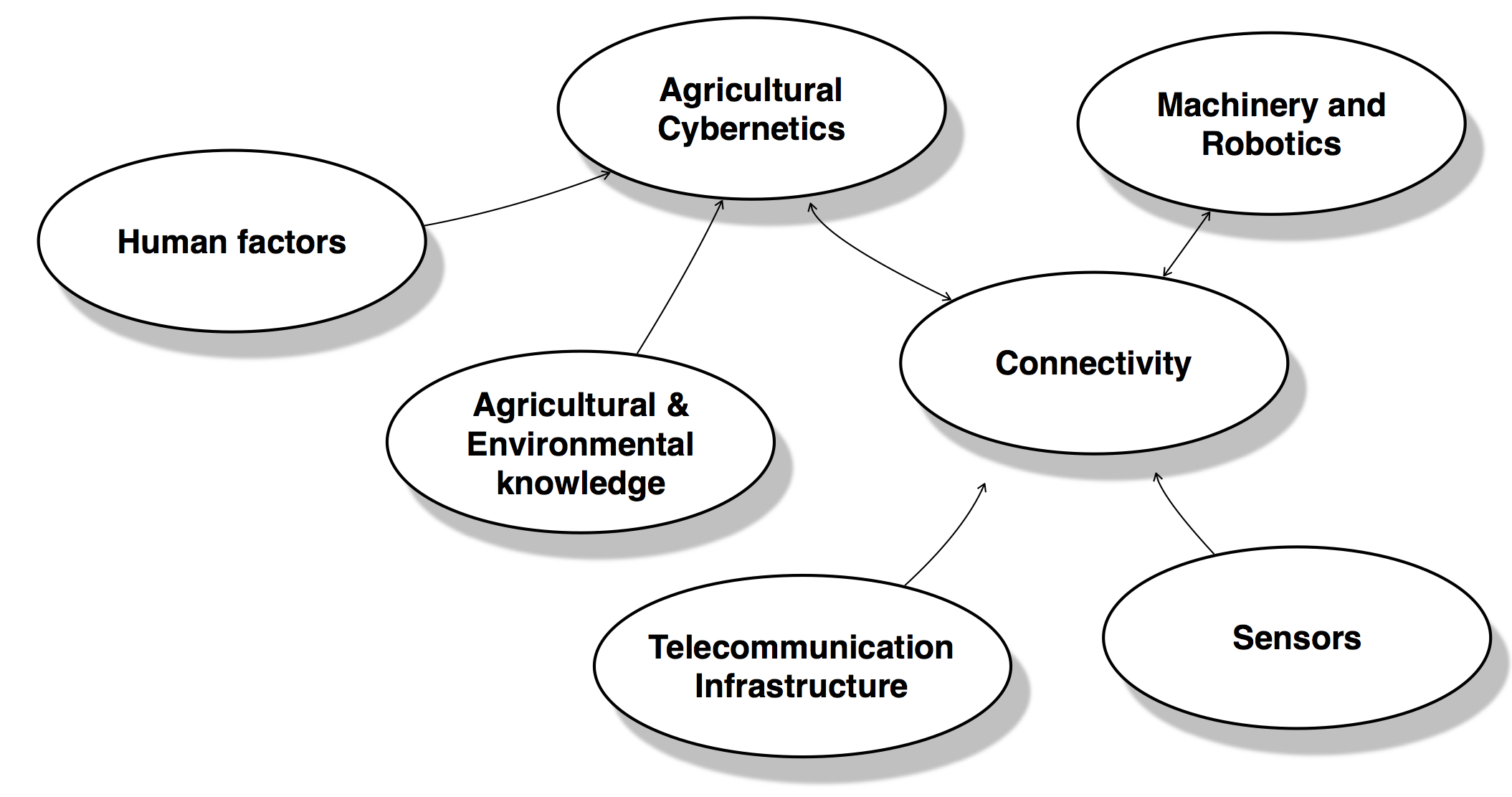The progression from agriculture – farming to smart agriculture – perfect farming has three stages:
Stage 1
Preindustrial agriculture, dating from before Christ to about 1920, consisted of labor intense, essentially subsistence farming on small farms, which took two acres to feed one person.
Stage 2
Industrial agriculture, from 1920 to about 2010, tractors and combine harvesters, chemical fertilizers and seed science opened the way to large commercial farms. One result has been big gains in productivity with one acre feeding five people.
Stage 3
Smart agriculture is just getting underway and involves exploiting data from many sources – sensors on farm equipment and plants, satellite images and weather tracking. The use of water and fertilizers will be measured and monitored in detail sometimes on plant by plant basis.
The IoT is set to push the future of farming to the next level. Smart agriculture is already becoming more commonplace among farmers, and high-tech farming is quickly becoming the standard thanks to agricultural drones and sensors.
IoT sensors report weather conditions and monitor soil moisture and acidity while animal farmers track the movement and behavior of livestock remotely via embedded devices. Industrial IoT applications are also useful for monitoring indoor agricultural facilities such as silos, dairies and stables.
IoT agriculture application areas include farm vehicle tracking, livestock monitoring, large and small field farming, and storage monitoring. Drones have become an invaluable tool for farmers to survey their lands and generate crop data.

Farmers can use their smartphones to remotely monitor their equipment, crops, and livestock, as well as obtain stats on their livestock feeding and produce. They can even use this technology to run statistical predictions for their crops and livestock.
BI Insider research is predicting that IoT device installations in the agriculture world will increase from 30 million in 2015 to 75 million in 2020, for a compound annual growth rate of 20%.
The future of farming is in collecting and analyzing big data in agriculture to maximize efficiency. But there are far more trends to understand with the IoT,
Precision Farming
What is precision farming? It the process of using satellite imagery and other technology (such as sensors) to observe and record data with the goal of improving production output while minimizing cost and preserving resources.
Today’s farmers face a set of difficult challenges—an increasing worldwide demand for food, a changing climate, and a limited supply of water, fossil fuels and arable land. To surmount these hurdles, the agriculture industry is adopting an array of digital solutions including:
- Robotics
- GPS Technology
- Computer Imaging

The IoT can bring broad efficiencies to the agricultural space, and create a virtuous cycle that makes food products more readily available to consumers, saves farmers time and money, and decreases the environmental impact of farming by driving sustainability into the process.
According to BI Insider research, US farmers are already proving the efficiency of smart agriculture techniques by producing an average 7,340 kilograms of cereal per hectare (2.5 acres) of farmland versus the worldwide average of 3,851 kilograms per hectare.
Conclusion
As IoT applications in agriculture continue to develop, farms will become more connected, more streamlined, more efficient and—ultimately—more productive.
The IoT can bring broad efficiencies to the agricultural space, and create a virtuous cycle that makes food products more readily available to consumers, saves farmers time and money, and lessens the environmental impact of farming by driving sustainability into the process.
